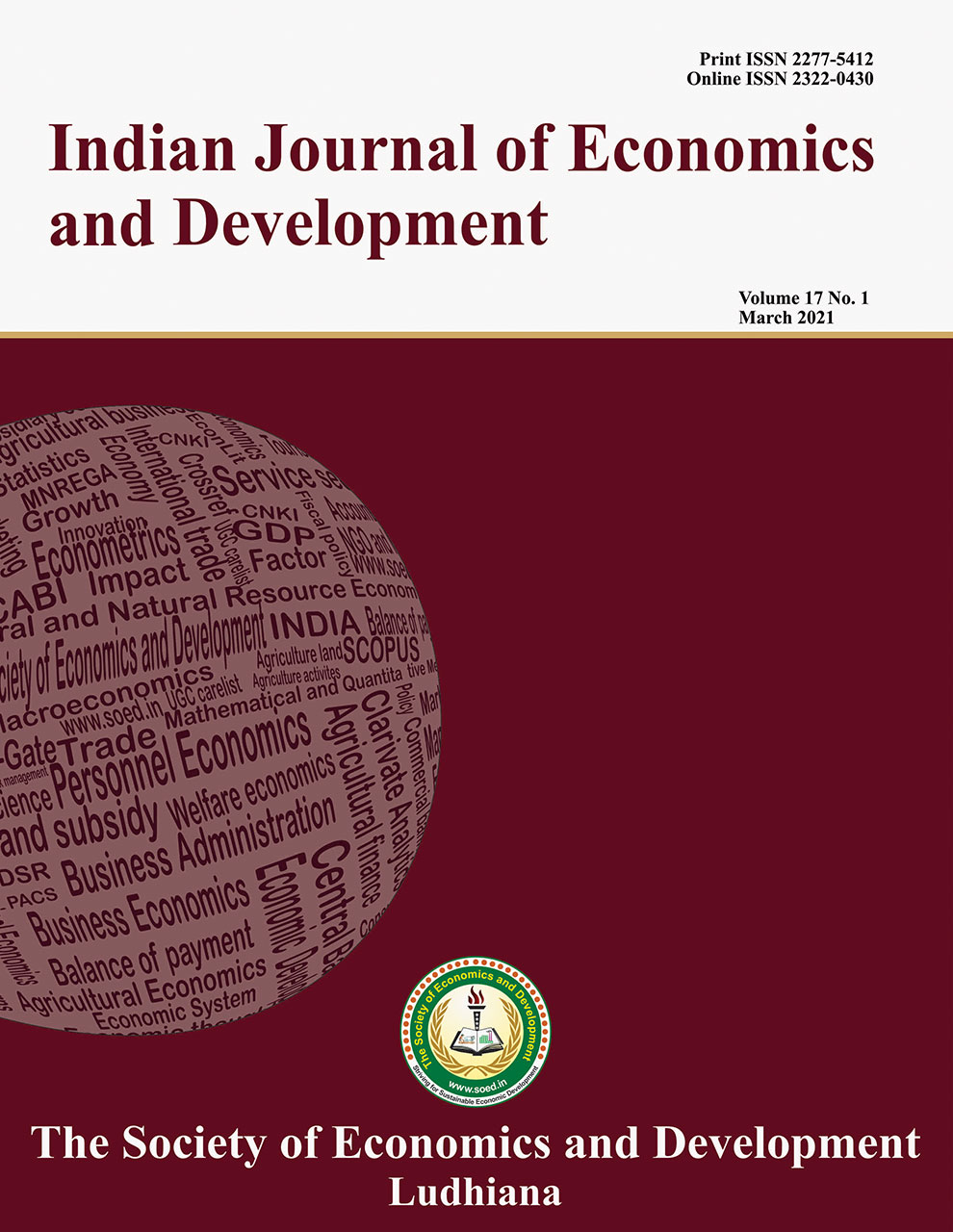Human Development Status of Particularly Vulnerable Tribal Groups in Kerala

Price: ₹ 500
Author: Manju S. Nair and Sajeev M.V.
Author Address: Professor, Department of Economics, (also Hon. Director, Centre for Agroecology and Public Health), University of Kerala, Senate House Campus, Palayam, Thiruvananthapuram-695581 (Kerala) and Higher Secondary Teacher in Economics, Government Higher Seconda
Keywords: Human development index, human development lopsided growth, multidimensional poverty index, virtuous growth, vulnerable tribal groups.
JEL Codes: I30, I31, I32
Abstract
The results revealed that all the development indicators are abysmally low for the Scheduled Tribes, particularly for the PVTGs, that is, these groups in Kerala were excluded during the human development lopsided growth period. When growth started picking up during the last two decades, the human development status of the Scheduled Tribes did not see any perceptible improvement. The major reasons for Kerala's human development lopsided state, including historical factors, struggle for social reforms, land reforms, and spread of education, particularly female education, did not influence the tribal population in Kerala. Urbanization and welfare programmes triggered the virtuous cycle of growth in Kerala, and migration and resulting remittances led to growth reinstated by human development. However, the Scheduled Tribes in Kerala were not part of the growth triggers and human development triggers which kept them in a low state of human development in the virtuous cycle phase too.
Description
Indian Journal of Economics and Development
Volume 17 No. 1, 2021, 45-54
DOI: https://doi.org/10.35716/IJED/20075
Indexed in Clarivate Analytics (ESCI) of WoS
Indexed in Clarivate Analytics (ESCI) of WoS
Scopus: Title Accepted
NAAS Score: 5.15



